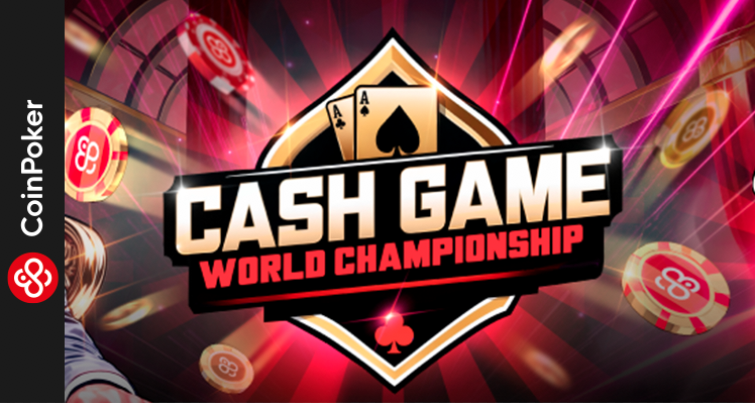

How many cards are in a poker deck

When we
want to refer to a poker deck, many people simply think of a set of cards that
are used to play a particular game, such as poker. However, this is only the
tip of the iceberg, since poker decks, unlike the rest that we can find in the
market or buy in any specialized store, can expect a lot of enjoyment and
exciting games, but also a lot of money. If we speak in a colloquial way, for
those who are not players, we could summarize this article by saying the exact
number of cards that make up a poker deck, however, if you have come to this
place, surely you will want to know everything about them, since they are used
for poker games, but also to do magic or for other types of board games.
Introduction and history
of poker cards
In order to
have a complete poker deck in your hands, you must have a total of 52 cards.
These cards are always rectangular when used officially or professionally,
however, with the new fashions, you can find them in many possible shapes, from
circular to square. However, in spite of the new fashions, the most classic or
conventional will be the rectangular ones.
It is known
that the first cards or playing cards appeared in ancient China, around the XII
century, although when they were exported to Europe they had much more
importance and it was when they obtained greater recognition, becoming an
amusement that was within reach of any person, both for kings and people of the
nobility, as well as for those who did not enjoy a too high class, although in
these cases it was not so common since they could not afford the expense of one
of these decks.
If we study
the etymology of the word "deck", we could get to its origins, which
refer to the confrontation or fight, being for many poker and other board
games, games in which strategy is encouraged and that were created for that
purpose, to speed up thinking, to have more concentration and thus be able to
win in a battle that could be performed in real life. This reminds us that, in
the game of poker or in any other, there are players who win and others who
lose, there being a confrontation in which the cards can be an ally or an enemy
depending on how we use them in our hand.
Number of cards in a poker
deck
As we
mentioned at the beginning of the previous block, the number of cards that you
will have is a total of 52 cards, having to have a rectangular shape in its professional
format, although there are many players who also prefer this way in their
conventional games because of the ease of use.
Each deck
will have groupings or categories called suits. In total we will have four
different suits, differentiated in that we will have two of these suits of red
color, in particular the diamonds and hearts, while on the other side we will
have the spades and clubs that will be black symbols. If you had in your hand
all the cards of the same suit found in a poker deck, you would have a total of
13 cards. On the one hand, there will be the cards that receive a numerical
value and that will go from 2 to 10, therefore it will be the bulk of the suit,
with a total of 9 cards. On the other hand, the most important cards, or better
said, the ones with the highest value will be the Ace, which for many could be
considered as the 1 in numerical value, but in poker it has the highest value
of all. On the other hand, there will be the three figures, called Jack (J),
which represents a servant of royalty, the Q that comes to denominate the Queen
and finally the King (K).
Are there other types of
decks?
Although
when we see a deck of cards with the suits of diamonds, hearts, spades and
clubs we think directly that it is a model for playing poker, it is worth
remembering that its origins were prior to this card game, being aware that
this modality, since there are other very similar models, comes from England.
In fact,
for many experts the original denomination should be the English deck of cards,
however, in a colloquial way it is used with the nickname of poker since it is
mainly used for this purpose.
The
scholars of board and card games say that the English deck comes directly from
the one that emerged in France, having a number of variations, such as, for
example, the details of the French deck are greater, being able to see much
more the quality of the designs of the characters. On the other hand, the
French deck retains the number 1, adding the Ace as another top card.
On the
other hand, we also have another of the great known, which is the Spanish deck.
The Spanish deck of cards has as a characteristic some similarities with those
previously mentioned, however, the Ace does not exist, being numbered as a 1,
although if you wanted you could use it as such in case you do not have other
cards to play poker.
In the case
of the Spanish deck, we would have the Jack, which would be the servant who
walks, the Horse that represents a person of the nobility who is mounted on
this animal and, finally, the King. The suits in this case will change
completely, since we will have neither hearts, nor diamonds, nor clubs or
spades, but the symbols will be Gold, Cup, Club, Club, Sword.
Special
mention should be made of a card that sometimes appears in certain decks of
cards and can be called by many different names. In professional poker games,
it is usually omitted, as well as in other types of elite games, however, the
"Joker", the "Mona", or simply the joker is one of the cards
that, if you have it in your hand, will act as any card in the deck.
You may also like

The LAG (Loose Aggressive) player: everything you need to know
When we talk about the LAG player in the poker world, we are referring to players who play high stakes and do it aggressively. These are players who have a knowledge of the game high enough to be a...

The longest poker games in history
If there's one thing that attracts media attention in the poker world, apart from global superstar tournaments, it's the longest game challenges. Over the years and throughout history we have heard...

Complete Guide to Playing Online Blackjack
Complete Guide to Playing Online BlackjackBlackjack is one of the most popular and beloved casino games, both in physical and online casinos. With its combination of strategy, skill, and luck, blac...













